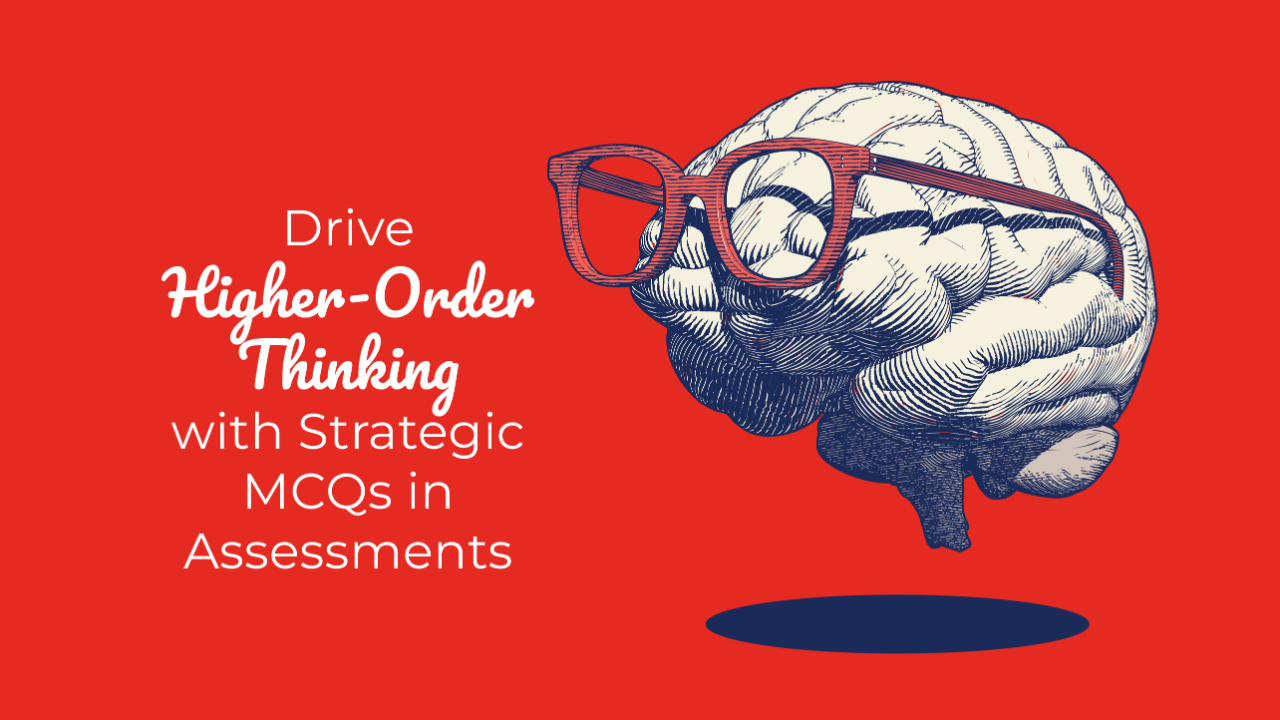3 Ways to Boost Employee Performance with Mental Models
by Amanda Kizer

Mental models are cognitive representations that we all construct to interpret and respond to our environment. When it comes to the workplace, these mental frameworks shape employee behavior, performance, decision-making, and problem-solving.
Mental Models and Employee Performance
Influence on performance is one of the most significant ways mental models shape the workplace. These models can drive employee actions and attitudes toward their work, greatly affecting productivity levels.
Here are two mental models that can positively impact employee performance.
- The "can-do" attitude. Employees with this mental model believe they can tackle any problem or task, no matter how challenging. This belief in their capabilities encourages them to take on difficult tasks, push their limits, and ultimately enhances their performance.
- Team-first thinking. This mental model views success as a collective effort. Employees who hold this model tend to be collaborative, value diverse perspectives, and work effectively in teams, leading to improved team performance.
Here are two mental models that can negatively impact employee performance.
- Fixed mindset. Employees with this mental model believe their abilities are set in stone, which can limit their willingness to take on new challenges or learn new skills. This mindset can stifle personal growth and negatively impact performance.
- Fear of failure. This mental model sees every mistake as a personal failure. Employees with this mindset might avoid risk, creativity, and innovation to prevent potential failure, which can limit their effectiveness and hinder performance.
Supporting the Development of Beneficial Mental Models
Recognizing the influence of mental models on performance, employers can actively support the development of productive schemata in several ways.
- Provide education and training. Implement comprehensive training programs that not only focus on job-specific skills but also enhance employees' understanding of the organization, its values, and their role in achieving its goals. This way, employees can form accurate and beneficial mental models.
- Deliver regular feedback. Regular feedback helps employees correct and refine their mental models. Constructive criticism and guidance enable them to adjust their perceptions and behaviors to align better with organizational goals.
- Foster a positive culture. An organizational culture that encourages open communication, collaboration, and continual learning can facilitate the development of positive mental models.
Understanding the concept of mental models is crucial for employers since these cognitive structures can significantly impact employee performance. By supporting the development of beneficial mental models, organizations can foster a more productive, motivated, and engaged workforce.
References
- Johnson-Laird, P. N. (1986). Mental Models: Towards a Cognitive Science of Language, Inference, and Consciousness. Harvard University Press.
- Grant, A. M. (2008). The significance of task significance: Job performance effects, relational mechanisms, and boundary conditions. Journal of Applied Psychology, 93(1), 108–124.
- Aguinis, H., & Kraiger, K. (2009). Benefits of Training and Development for Individuals and Teams, Organizations, and Society. Annual Review of Psychology, 60, 451–474.
- DeNisi, A. S., & Kluger, A. N. (2000). Feedback effectiveness: can 360-degree appraisals be improved? The Academy of Management Executive, 14(1), 129–139.
- 💡 Get the book! Schein, E. H. (2016). Organizational Culture and Leadership. Jossey-Bass.
You May Also Like
These Related Stories

Drive Higher-Order Thinking with Strategic MCQs in Assessments

Boosting Employee Performance with the KMO Model


No Comments Yet
Let us know what you think